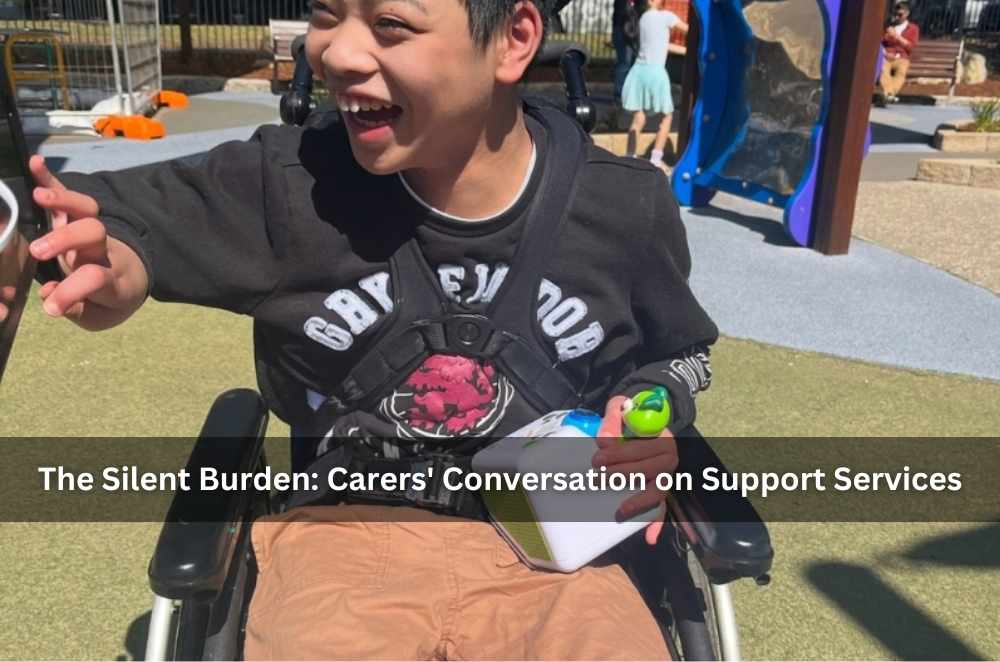
Most families I meet in New South Wales don’t need a lecture; they need a breather. Care rosters spill into school pickups, therapies, and the odd midnight wake-up. In the middle of that, ndis respite providers offer a practical circuit-breaker—a few hours or a short stay that steadies the week. I’ve watched a single Friday afternoon off turn a tense household into a kinder one by Saturday morning. It isn’t a luxury; it’s maintenance. Time to nap. To shop without rushing. Maybe to drink a cuppa while it’s still warm. That tiny pocket of calm? It keeps routines intact and tempers soft, and it stops little problems from swelling into big ones.
What respite looks like in practice
A break only works if it fits the person and the home. That’s the quiet secret. Respite can be in the lounge room, out in the community, or for a short stay—whatever keeps things humane and doable this week.
In-home support: Short sessions where a support worker helps with daily living, community access, or routines while the carer steps out.
Out-of-home stays: Overnight or weekend arrangements in a safe setting that balances structure with preferred activities.
Routine-friendly scheduling: Sessions placed where the day often wobbles—after school, early mornings, or therapy days.
Flexible adjustments: Space for sensory preferences, communication aids, mobility supports, and cultural needs.
Most carers I speak with start small, then build confidence. Questions about eligibility and common options are covered plainly by respite care services, which set out typical pathways and what to expect without the maze of jargon. A clear understanding helps everyone agree on what “good” looks like and when to review it.
Planning, funding, and the right fit
Getting the fit right matters more than anything. I’ve sat at kitchen tables with calendars, crossing out what can’t move and pencilling in what might. Sometimes two short sessions beat one long stay. Sometimes the reverse is true; school holidays can flip the answer.
Define the aim: Rest for the carer, skill-building for the participant, or both—naming it keeps choices honest.
Match skills to needs: Staff familiarity with communication tools, behaviour supports, personal care, or manual handling.
Keep travel practical: Proximity and transport plans so the “break” doesn’t create new stress at either end.
Agree on feedback: A simple loop—what worked, what to tweak, what to try next—written in plain language.
Hearing how others shape their week can spark ideas. A grounded overview of repeatable, bite-sized breaks sits within short-term disability respite services, which describes modest scheduling tweaks that keep households steady across a whole term rather than lurching from crisis to crisis.
Safety, dignity, and time that actually helps
A decent respite plan never forgets the person at the centre. Routine, preferences, and communication supports should travel with them. Small details make or break the experience: the exact bedtime sequence, a favourite mug, a playlist that calms rather than jars.
Respect for routine: Mealtimes, sensory breaks, and communication steps were captured clearly and followed consistently.
Competent staffing: Confident handling of health supports, behaviour strategies, and accurate record-keeping.
Purposeful activities: Community walks, library visits, sport, or art—time that fills the person up, not just the clock.
Transparent notes: Brief, useful updates on mood, meals, and moments so continuity sticks between sessions.
I remember one evening check-in where a participant insisted on the same order of stories as at home; once we honoured that, sleep arrived without a fight. Those inches of care add up to miles of calm. Broader wellbeing effects are widely recognised, including the mental health benefits of respite care, such as reduced stress, steadier mood, and more patience across the whole household.
Notes from the field across NSW
Across suburbs and country towns, patterns repeat. One family in the west found a fortnightly Saturday morning session stopped the week from getting away from them; everyone moved more slowly, in a good way. Down south, two three-hour blocks midweek kept evenings unrushed, which made homework less of a battleground. None of it looked grand. It just worked.
Start with the bottleneck: Target the hour that always frays—late afternoons, early mornings, or the long stretch before dinner.
Build familiarity: The same staff and the same sequence shrink anxiety and make transitions calmer.
Adjust with the seasons: Heat, cold, storms, and school holidays change what’s realistic; plans should breathe with the calendar.
Mind the margins: Ten minutes at the start and end for handover keeps everyone aligned and reduces misunderstandings.
I’ve learned to treat respite like a tune-up, not a fix-all. The aim is a smoother ride: fewer spikes of stress, more days that feel ordinary—in the best sense of the word. When sessions are small and regular, the rough edges of the week soften, and people get back a little space to be themselves outside the carer role.
Closing reflections for families in NSW
Respite, done well, is quiet work. It doesn’t shout; it steadies. The most effective arrangements I see are modest and predictable—an afternoon here, a night there—placed exactly where strain shows up. Keep the plan simple: write the aim in one sentence, list the non-negotiables, and pick times that genuinely help rather than look good on paper. Then let it run for a few cycles before judging it. That’s when you notice the subtle wins: calmer mornings, fewer frantic dashes, a participant who returns with a small story to tell. In NSW, with long drives, crowded schedules, and a thousand small demands, a carefully set respite rhythm protects everyone’s energy. It preserves patience. It keeps the week humane. And in the middle of ordinary life—that’s no small thing.





Write a comment ...